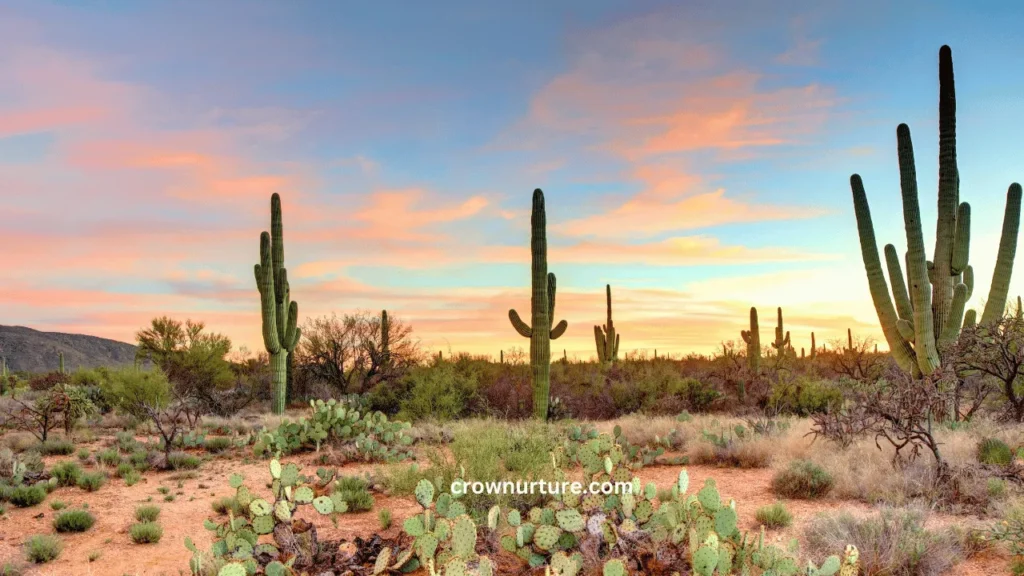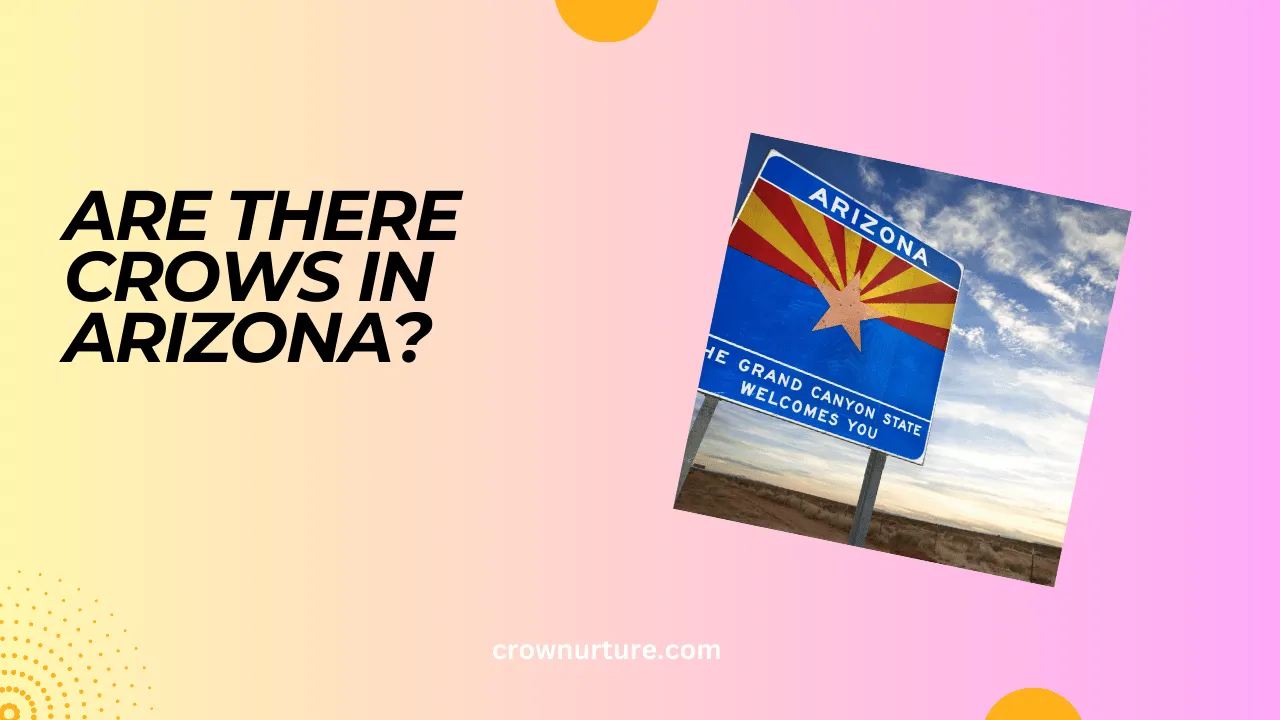Arizona—a land of striking desert landscapes, towering mountains, and dense forests—may not be the first place that comes to mind when you think of crows. Yet, these intelligent, adaptable birds thrive in this diverse environment, playing an essential role in the state’s ecology.
Whether in the vast deserts or bustling cities, crows are an integral part of Arizona’s wildlife, and their presence is worth exploring. This article will delve into the species of crows found in Arizona, their behaviors, habitats, and interactions with humans.
As you read on, you will discover how these remarkable birds navigate the challenges of Arizona’s varied landscapes and why their role in the ecosystem is so important.
We’ll also explore the cultural significance of crows in Arizona, touching on how they are perceived in Native American folklore and their interactions with humans. With their adaptability and intelligence, crows continue to be a fascinating subject of study in the southwestern United States.

Contents
1. Common Crow Species in Arizona
The most common crow species in Arizona is the American Crow. These black, highly intelligent birds are found throughout the state, from cities like Phoenix to rural farmlands and even remote desert areas.
In addition to the American crow, the Fish Crow can also be spotted in riparian areas and near water sources like lakes and rivers. Fish crows are more often found in the southeastern United States, but their range extends into Arizona in some seasons.
Though less common, other crow species such as the Chihuahuan Raven may occasionally be spotted, especially in more remote areas of the state.
2. Crow Habitats in Arizona
Crows in Arizona are highly adaptable, thriving in a wide range of habitats. In urban environments like Phoenix and Tucson, crows have learned to coexist with human populations, often foraging in trash bins and finding shelter in trees or on rooftops.
In rural and agricultural areas, crows can be found feeding on crops, and they sometimes cause damage to fields of corn, wheat, and other produce. Farmers may have to take precautions to protect their crops from these opportunistic feeders.
Crows also inhabit natural habitats such as forests, wetlands, and even deserts, where they forage for insects, seeds, and other food sources that support their omnivorous diet.

3. Crow Behavior and Diet
Crows are highly social birds with a complex structure and communication system. They often form large groups, known as murders, and are known for their problem-solving abilities and use of tools.
Their omnivorous diet includes a wide variety of food, from insects and fruits to seeds and carrion. Crows are also known to scavenge from human waste, taking advantage of urban environments for easy food sources.
In the ecosystem, crows play an important role as both scavengers and predators. While they help control insect populations and clean up dead animals, they can also impact crops and other species by competing for food resources.
4. Interactions with Humans
In Arizona, crows can sometimes create conflicts with humans, particularly in urban areas where they may cause property damage or create noise pollution. These birds are known to nest in trees around homes and even businesses, which can lead to frustrations for people trying to protect their property.
Crows also hold a special place in Native American cultures, where they are often seen as symbols of wisdom and tricksters. Their ability to adapt and thrive in diverse environments has made them an enduring figure in many Native American myths and folklore.
As for conservation, while crows are not currently at risk in Arizona, their populations may face challenges from habitat destruction and human conflict. Efforts to manage crow populations and reduce human-crow conflicts are important to ensuring these birds continue to thrive.
5. Conservation and Management
Although crows are not protected under state regulations, there are laws that ensure humane treatment and prohibit harming them without proper permits. Managing their populations in Arizona requires balancing their role in the ecosystem while minimizing conflicts with human activities.
In areas where crows are causing damage to crops or property, methods such as scare devices, visual deterrents, and sometimes relocation are used. However, these approaches are often temporary solutions, and more sustainable strategies are necessary for long-term coexistence.
Local conservation groups work to protect crows by ensuring they have safe habitats and promoting awareness about their ecological importance in Arizona’s diverse ecosystems.
Conclusion
Crows have proven to be one of the most adaptable and intelligent species in Arizona. From urban areas to remote deserts, these birds have learned to thrive in nearly every environment the state offers. Understanding their behavior, role in the ecosystem, and interactions with humans is crucial to appreciating their significance.
By exploring the diverse habitats and behaviors of crows, we can find ways to coexist peacefully with these remarkable birds. As Arizona continues to evolve, it’s clear that crows will remain an integral part of the state’s rich wildlife tapestry.
FAQs
1. Are crows a nuisance in Arizona?
While crows can sometimes be a nuisance, they also play important roles in the ecosystem, especially as scavengers.
2. How can I deter crows from my property?
Methods like using scare tactics, securing food sources, and modifying habitats can help deter crows.
3. Are crows protected in Arizona?
While crows are not specifically protected by Arizona laws, it’s illegal to harm them without the proper permits.
4. Do crows migrate in Arizona?
Some crows in Arizona migrate seasonally, but many are resident birds year-round.
5. What is the lifespan of a crow?
Crows can live up to 20 years or more in the wild, depending on factors like predation and food availability.
6. What do crows eat in Arizona?
Crows in Arizona have an omnivorous diet, eating everything from insects and seeds to small mammals and carrion








